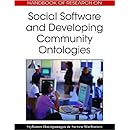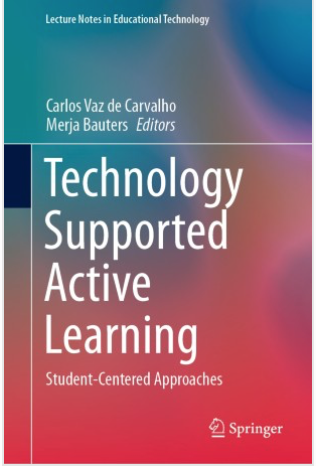I have found an interesting PhD thesis by Jornet, Alfredo(2014)
https://www.duo.uio.no/bitstream/handle/10852/43305/PhD-Jornet-DUO.pdf?sequence=4&isAllowed=y
that reminded me my ideas of conceptual coherence and consistency in one paper that never was published. There in 2006 i wrote about conceptual coherence the following:
The definitions of conceptual coherence often combine the cohesiveness and consistency properties of conceptual knowledge. Coherence is a definition that is applicable for characterizing the states of the elements of some larger units (eg. phenomenological primitives, epistemological resources). Coherence is also related to the contextual and time-related dimensions. Cohesiveness is the property characterizing the conservation of inherent relationships among ideas in one explanation framework or the links among several related conceptual frameworks. Consistency is defined as a property indicating that students’ explanations of a certain phenomenon are stable, independently of the variable contexts that depend on the viewpoint of the explanation. It means that students are able of activating same locally coherent sets of ideas again and again in time, independent of task contexts.
That study in 2006 was conducted under the cognitivist (representational mental model) framework that i abandoned in next years being fascinated of distributed cognition and ecological learning models.
—————————
This PhD study looks coherence and continuity in the context of embodied and distributed cognition. It uses coherence and continuity to address the sense-making practices by means of which relations of signification are established within and across contexts and situations. Coherence denotes the achievement of order, whether within or across a given problematic or situation. Continuity refers more explicitly to the achievement of coherence across settings and activities, which has been traditionally investigated as the question of transfer.
The coherence and continuity of any set of ideas or concepts, as made relevant by the participants during joint activity, cannot be analyzed in terms of a priori formal properties of either the material setting (e.g., texts, graphs, demonstrations) or the individuals’ thinking (e.g., a learner’s mental representations of texts, graphs, or demonstrations), but must be treated as the result of material and practical operations that involve both.
The thesis suggests that several studies (bodily episodic feelings, that is, a bodily and context-bound sense of “having-been-there” (p. 311), it is only as part of addressing and being addressed by others during conversation that the initial connection comes to be developed as a conceptual one – Nemirovsky, 2011; context-sensitive concept projections and the transfer-in- pieces framework– diSessa & Wagner, 2005; Wagner, 2010) refer to the an expansion of their conceptualizations of learning beyond the individual mental abstract representation to better account for the intrinsic relation between subjects and their immediate material and social environments. A concept projection is “a set of knowledge elements with which a knower assimilates and interprets … the situation’s affordances in a particular, meaningful way” (Wagner, 2010, p. 450).”
Some interesting findings from this PhD study:
- an initial sense of similarity motivates action that transforms the situation, which in turn allows for the eventual achievement of a new conceptual way of accounting for a new existing order.
- Inference, as a cognitive process, does not precede, but rather is the outcome of, a larger unit of activity.
- Individuals constitute and are constituted by the establishment of conceptual coherence because they are subject to the objective changes that bodily activity brings about in their attunement to the accountable, collective organization of activity
- Any assumption about what particular actions, utterances, artifacts, and representations “mean” as cultural tools needs to be set aside and instead requires taking a first-time-through perspective of the participants
————————-
Reading this PhD study and my old research made me think of my other thoughts about the formation of cultural patterns as niches, that may be described using both of these concepts – coherence and the consistency.
I think coherence and consistency are important both in the circles of personal pattern formation and stabilisation, as well as cultural pattern stabilisation, since both are formed as niches from instances of experiencing. So coherence in pattern or meaning niches requires to be formed across different contexts. How do these instances of experiences align themselves into the coherent pattern or meaning that we can perceive? Is it the distributed nature of those different context experiences that some ways form a consistent network like in the connectionist models? On the other hand how from the contextual coherence point of view do individuals activate cultural patterns and align them with own experienced patterns?
In my old paper i refer: “Hammer et al. (2004) used the term “framing“ to explain the activation of a locally coherent set of epistemological resources, which in the moment at hand would be activated in a mutually consistent and reinforcing way. Framing presumes distributed encoding among resources rather than accepting the notion that knowledge is located in any particular cognitive resource. Distributed encoding is the distributed interpretation across a network of cognitive elements, while the frames can often shift easily.”
The consistency of patterns and meanings suffers from time delay and the bubble effect. So from the ecological learning point of view it is personally rather not useful to create consistent cognitive patterns but keeping them open to chance events that can destabilise them from coherency. I wonder how many recommender systems focus of destabilisation processes rather than stabilisation ones.









